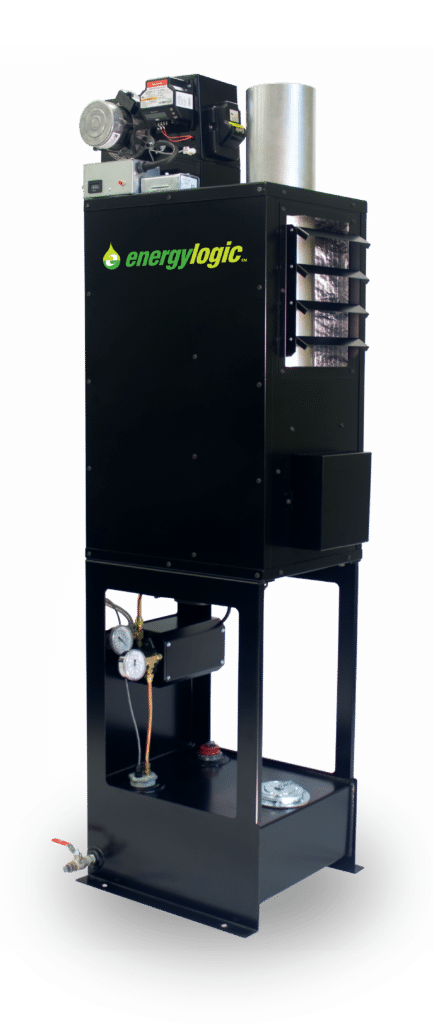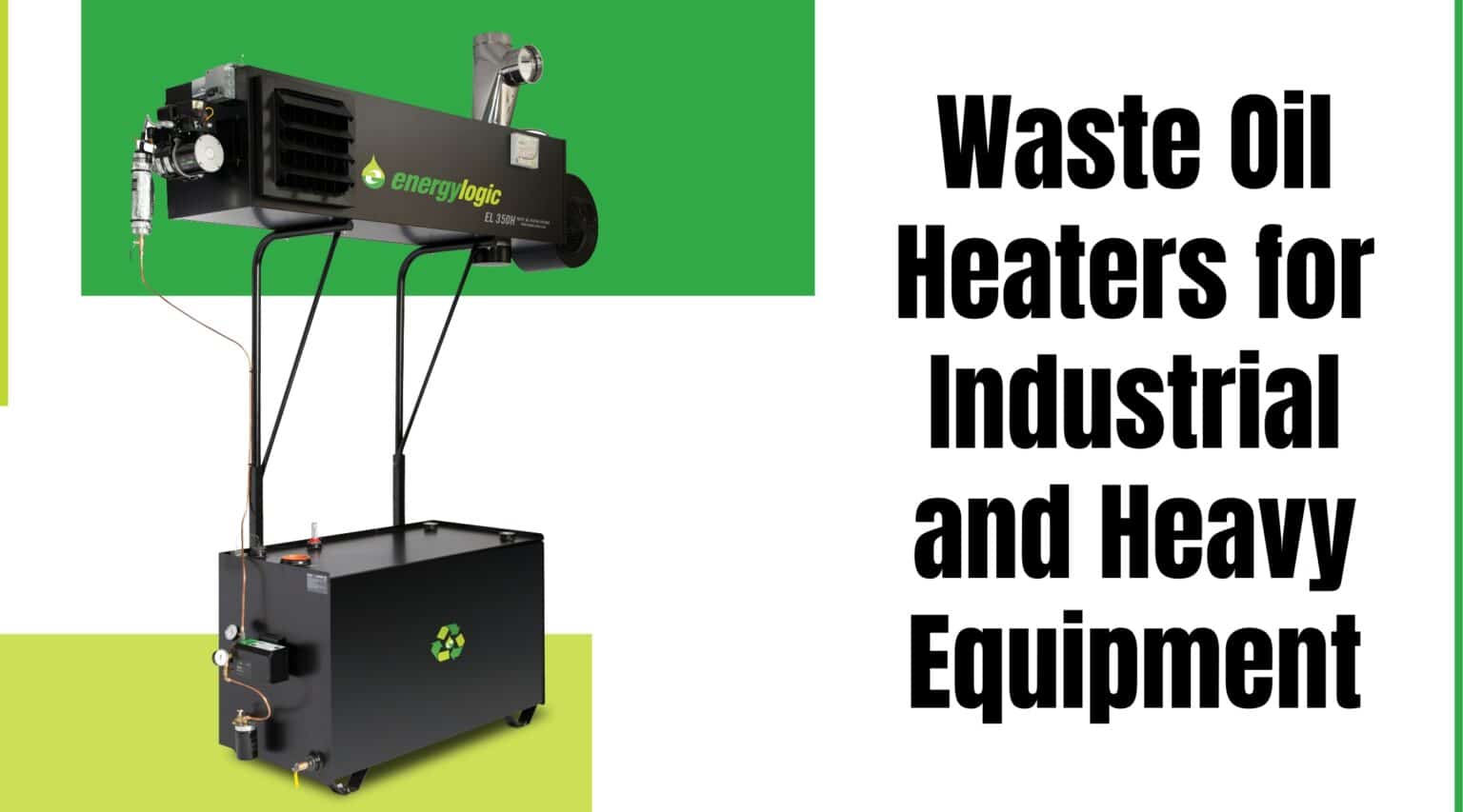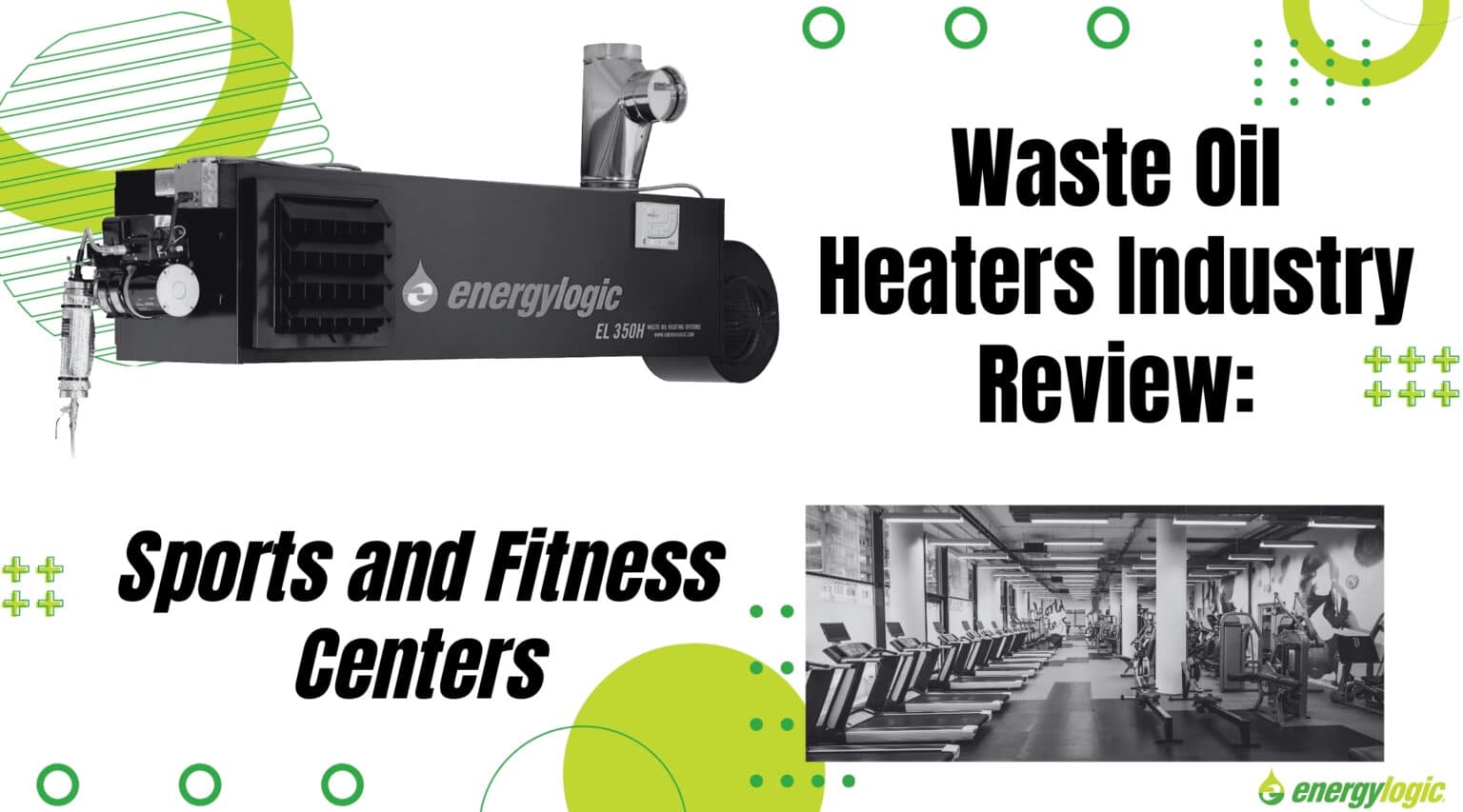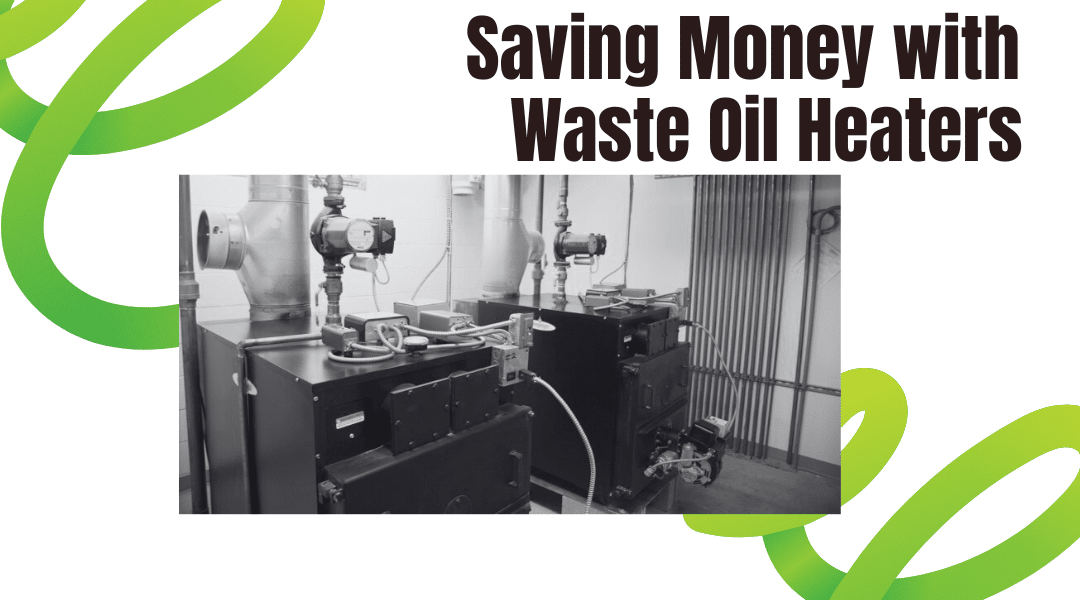The sports and fitness industry is a cornerstone of North American culture, encompassing over 41,000 fitness centers and numerous sports arenas catering to millions of athletes and enthusiasts. These facilities not only foster health and wellness but also serve as community hubs. However, managing such large-scale operations comes with challenges, especially in terms of energy consumption. Heating and cooling costs alone can account for a significant portion of operational expenses. This blog explores how waste oil heaters and HVLS (High-Volume, Low-Speed) fans offer energy-efficient solutions tailored to the needs of sports arenas and fitness centers.
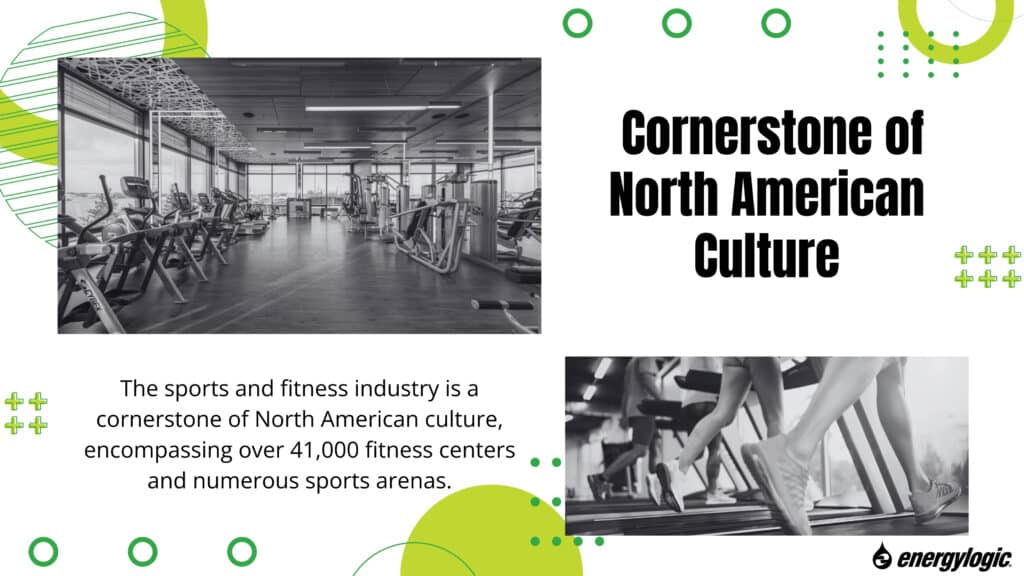
The Heating and Cooling Landscape for Sports Arenas and Fitness Centers
Heating and cooling systems in sports and fitness facilities face unique demands due to their large, open spaces and high ceilings. In sports arenas, maintaining consistent temperatures is critical to ensure athlete performance, spectator comfort, and the preservation of equipment. Similarly, fitness centers must regulate temperature to create an optimal workout environment while handling fluctuating occupancy levels. Then, there are studios that require heated spaces for classes, such as hot yoga and Hiit workouts.
Traditional HVAC systems often struggle to meet these demands efficiently. The vast spaces in arenas require systems capable of handling large volumes of air, while fitness centers must address localized heating and cooling needs in zones like weight rooms, yoga studios, and pools. Despite advancements in HVAC technology, these systems are often energy-intensive, leading to high operational costs and significant environmental impacts. This obviously depends on the size of the space and the available resources for heating and cooling.
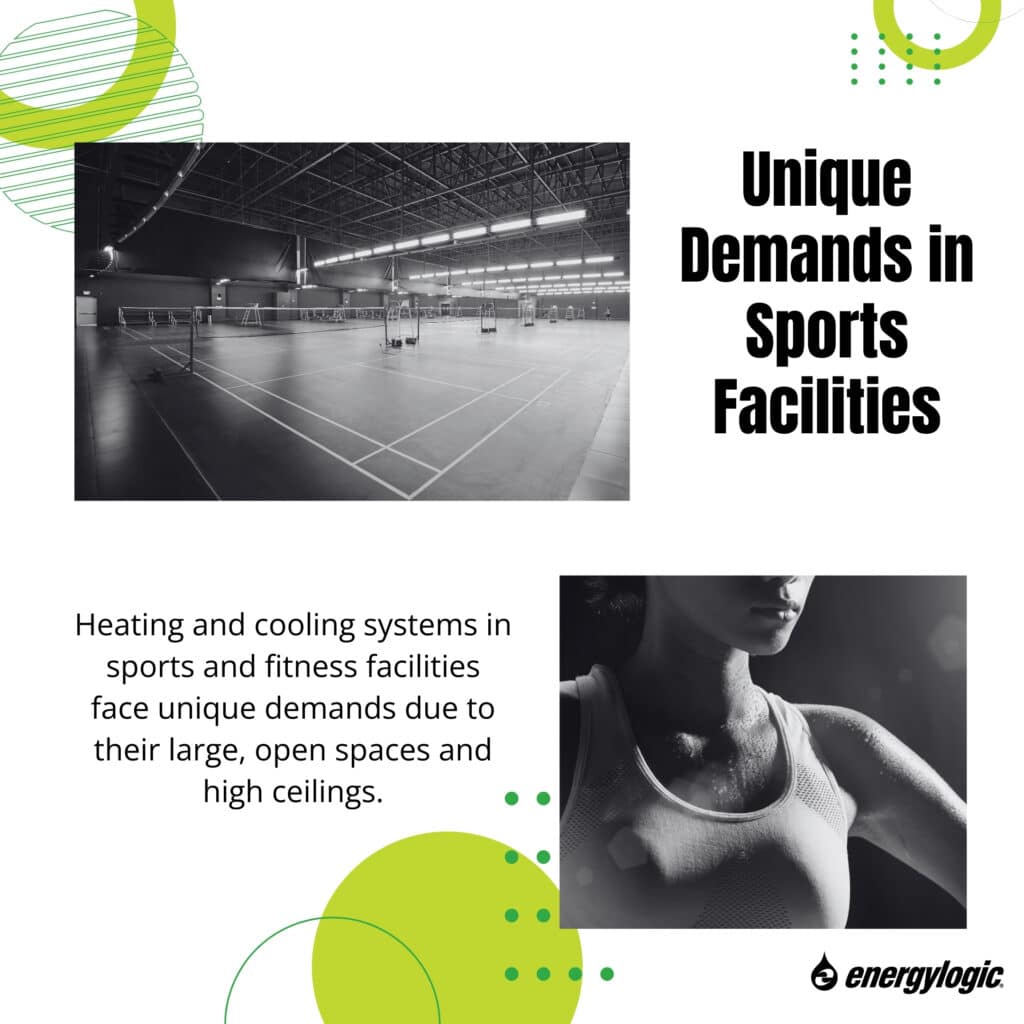
Waste Oil Heating: A Sustainable Alternative
Waste oil heating is an innovative solution that repurposes used oil, such as motor oil, to generate heat. This approach not only reduces waste but also provides a cost-effective and eco-friendly alternative to traditional heating methods. Here’s why waste oil heating is gaining traction among sports and fitness facilities:
– Cost Savings: Facilities can significantly reduce heating expenses by utilizing waste oil generated on-site or sourced from local businesses. This is especially advantageous for multi-purpose sports complexes that may already handle automotive waste from maintenance operations.
– Environmental Benefits: By recycling used oil, facilities contribute to reducing landfill waste and lowering carbon emissions. This aligns with the growing emphasis on sustainability in the sports and fitness industry.
– Energy Independence: Waste oil heaters provide an alternative to reliance on fossil fuels, helping facilities maintain consistent heating without succumbing to volatile energy prices.
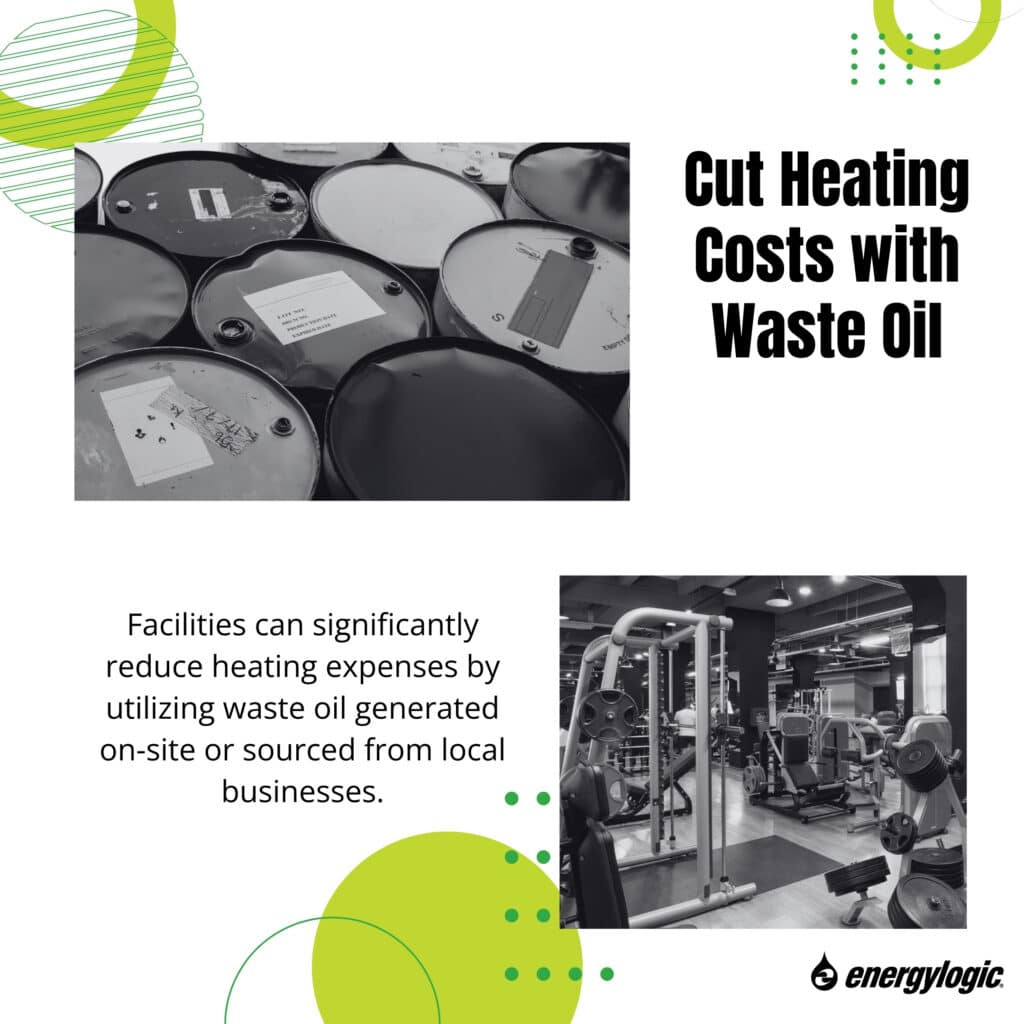
Sports arenas and fitness centers with ancillary operations, such as automotive service centers or concession stands, can integrate waste oil heating systems seamlessly, maximizing resource utilization.
The Role of HVLS Fans in Climate Control
HVLS fans complement waste oil heating systems by enhancing air circulation and temperature regulation in large spaces. These fans, with blades spanning up to 24 feet, are designed to move large volumes of air at low speeds, creating a comfortable environment while reducing energy consumption.
For sports arenas, HVLS fans ensure even distribution of warm air during winter and facilitate cooling in summer by creating a gentle breeze. This dual functionality helps maintain consistent temperatures throughout expansive areas. Fitness centers benefit similarly, as HVLS fans improve air quality and regulate temperature in zones where traditional HVAC systems may falter.
Advantages of HVLS Fans:
– Energy Efficiency: HVLS fans use minimal electricity while significantly reducing the workload on HVAC systems.
– Enhanced Comfort: Improved air circulation eliminates hot and cold spots, ensuring comfort for athletes, spectators, and gym-goers.
– Improved Air Quality: By constantly moving air, HVLS fans reduce humidity and minimize the risk of mold growth, particularly in areas like locker rooms and pools.
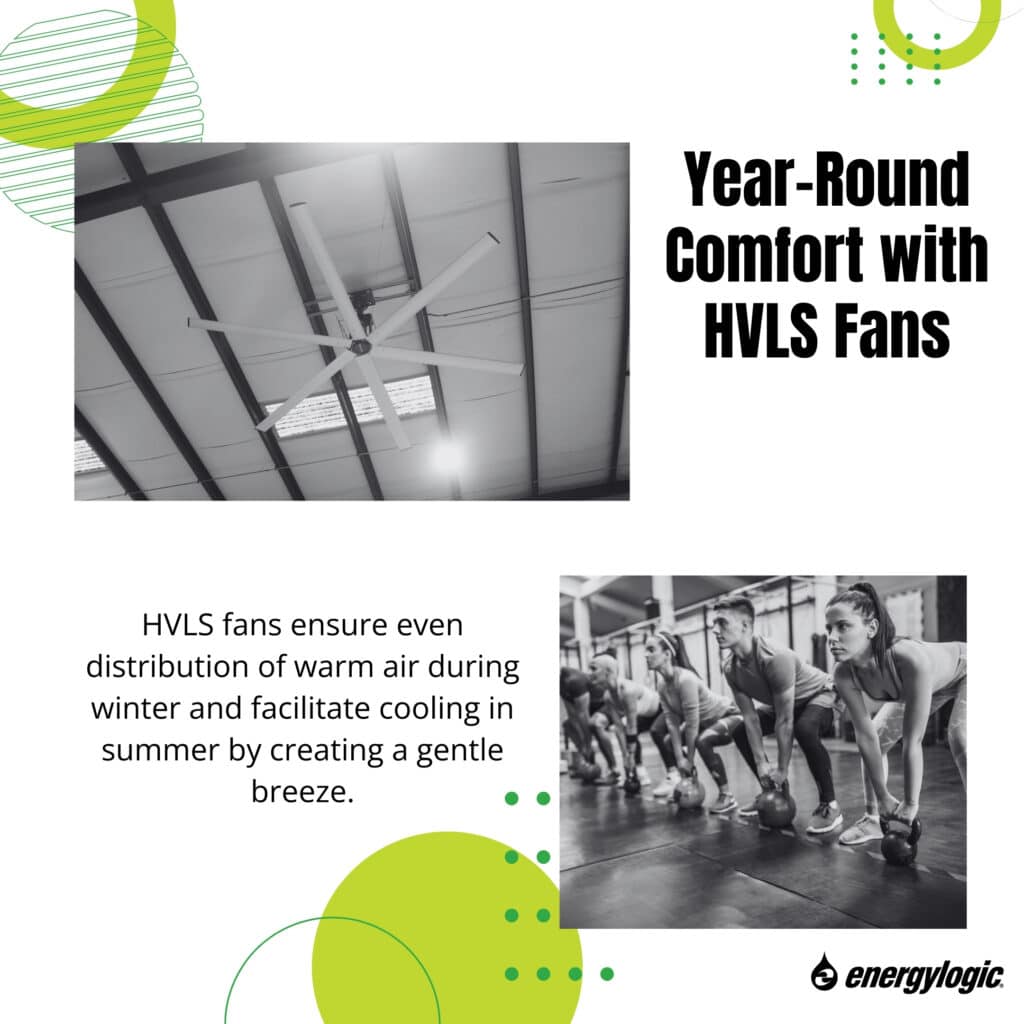
Synergy Between Waste Oil Heating and HVLS Fans
The combination of waste oil heating and HVLS fans offers a holistic approach to energy management for sports and fitness facilities. Waste oil heaters provide an eco-friendly and cost-effective heat source, while HVLS fans distribute that heat efficiently, reducing reliance on traditional HVAC systems.
For example, during colder months, waste oil heaters can generate the necessary warmth, and HVLS fans can circulate the warm air throughout the facility, ensuring even temperature distribution without additional energy expenditure. During warmer months, the same HVLS fans can enhance ventilation and cooling, minimizing the need for air conditioning.
Conclusion
As the sports and fitness industry continues to expand, the importance of sustainable energy solutions cannot be overstated. Waste oil heating and HVLS fans present a compelling combination for reducing energy costs, minimizing environmental impact, and creating comfortable environments in sports arenas and fitness centers. By adopting these innovative technologies, facilities can enhance operational efficiency while contributing to a greener future.
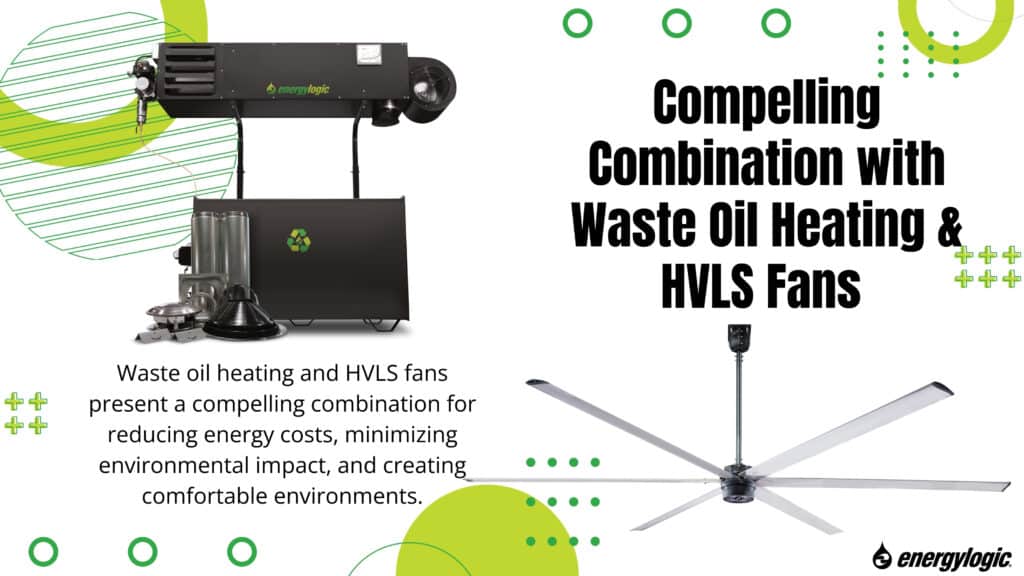
Investing in waste oil heating and HVLS fans isn’t just a smart business move—it’s a step toward sustainable progress that benefits both the industry and the community it serves.

